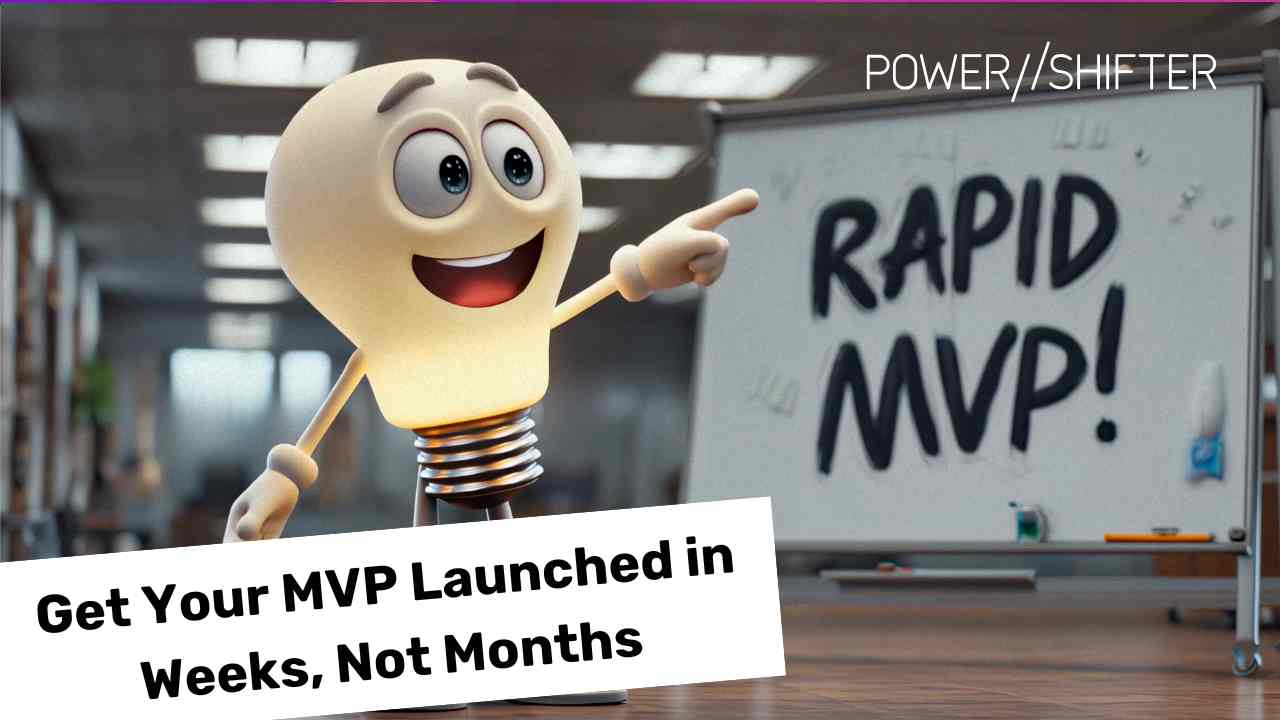Throughout the pandemic, our team has kept a watchful eye on how systems are changing—not only in our field, but across business, digital, and creative landscapes. This month’s Great Reads features content about a new trend using no-code software tools, the impact of COVID-19 on service design, a framework for product managers to quantify roadmap priorities, and how to handle Zoom exhaustion. If you missed last month’s Great Reads, read on and then find out what inspired our team in March.
Next frontier: A world without code?
Recommended by: Colton Buchanan, Front End Developer
Could a new trend boasting low-code or no-code capabilities be the future of application development? Cloud giants Google, Amazon, and Microsoft seem to think so. With big tech companies now heavily investing in the space, no-code software tools are about to become more widespread and robust. While this trend seems to have a lot of benefits, such as increasing speed to market (which is especially important during the COVID-19 pandemic), giving UI/UX designers the power to directly implement their interface designs, and freeing up engineering resources to focus on more nuanced technical challenges, the article also addresses the implications of a world where everyone can become a programmer.
How COVID-19 will change the design of our cities
Recommended by: JP Holecka, CEO, Founder, Product Strategist
After years of being utilized by forward-thinking companies, service design is making a leap into the mainstream. There is a need to radically change the way government entities and businesses serve their people—now and in a post-pandemic world. This article highlights the many changes that have occurred since social distancing came into effect, and suggests employing service design principles to usher in a new normal that uplifts and enhances our quality of life.
The microservices approach to web development grows
Recommended by: Andrew Hayter, Developer
Since 2017, POWER SHIFTER has embraced a service-oriented approach to building large-scale websites and applications. We bet on this technology early because we saw the potential for enhanced performance, security, scalability, and speed to market for our clients. Given Netfily’s recent funding announcement, it appears other tech companies are beginning to see the value of microservices and are now following suit.
RICE: Prioritization for product managers
Recommended by: Priscilla Ho, UX Lead
Product managers are often faced with a smattering of features that could be included in the product roadmap, but how do they decide which needs are the most important? Prioritizing can be done as a collective group exercise or based on subjective opinion, but most often, it’s good to back up those decisions with quantifiable data. Intercom presents a great framework that product managers can use to quantify their priorities, including factors such as reach, impact, confidence, and effort.
The benefits of JAMstack ecommerce
Recommended by: JP Holecka, CEO, Founder, Product Strategist
JAMstack stands for Javascript, API, and Markup. It’s a way of building websites using a headless CMS that increases performance, in addition to being low maintenance and cost-effective. We have firsthand experience with JAMstack as we’ve been using it on the POWER SHIFTER website for years. So, if you are looking for a strategy to manage your CMS or e-commerce site, we recommend giving JAMstack a try.
Zoom exhaustion is real
Recommended by: Trevor Westlund, Senior Business Development Director
Steven Hickman, the executive director of the Center for Mindful Self-Compassion, knows firsthand how different connecting with colleagues and friends has been these days. He couldn’t help but note how our attention is being affected during virtual meetings: We are hyper-focused in a stimulus rich environment, processing visual cues from multiple people at once, yet also distracted, checking emails while we are supposed to be conversing or listening to our colleagues. To find balance and manage exhaustion, Hickman offers six tips. And as big users of Zoom at POWER SHIFTER, we’ve already begun to implement a handful of these ourselves.
The business value of design
Recommended by: JP Holecka, CEO, Founder, Product Strategist
The article begins by asking a series of questions, ones that led us to ask ourselves: how do companies deliver exceptional designs? To answer this, McKinsey & Company conducted extensive research, tracking the design practices of 300 publicly listed companies over five years. Their results yielded four key areas of action: adopt an analytical approach to design, put the user experience front and center, nurture top designers and empower them in cross-functional teams, and iterate, test, and learn rapidly, incorporating user insights from the first idea until long after launch.


















